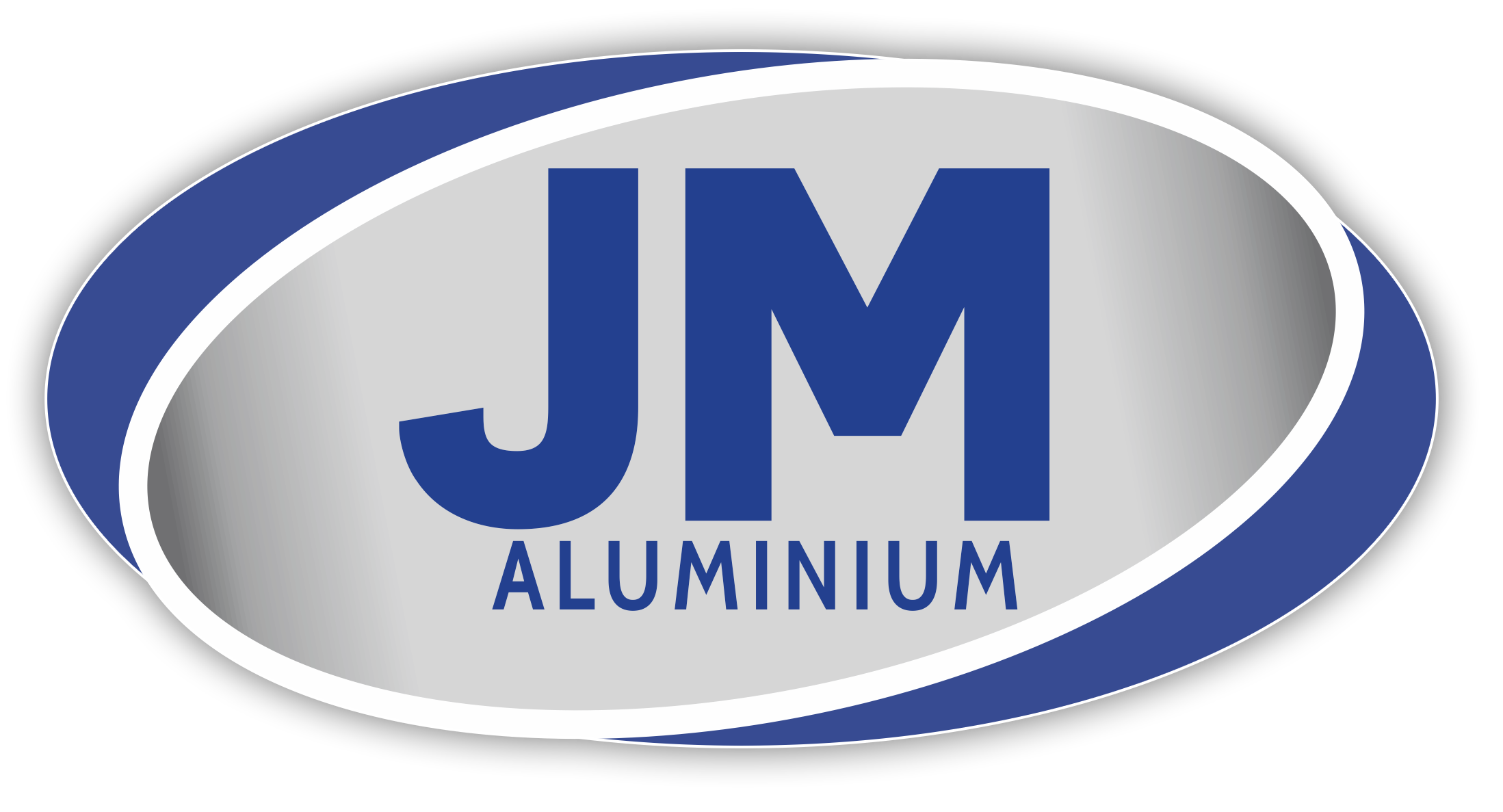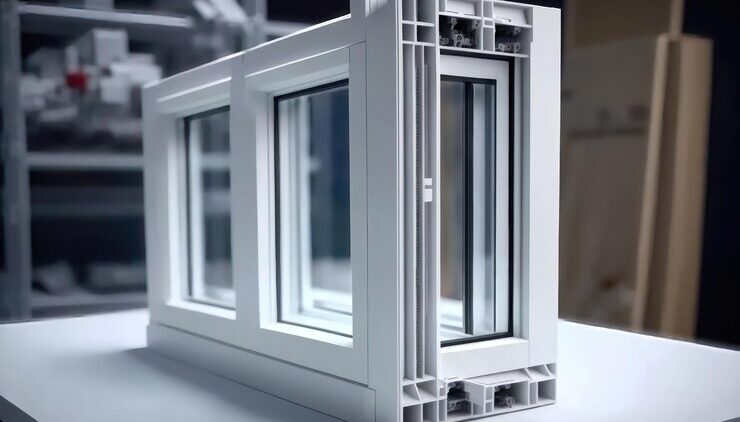Why aluminium profiles are the future of construction and manufacturing
The selection of the best aluminium profile for your project is strengthened by a number of factors, such as strength, durability, and flexibility. From construction to manufacturing and even in furniture design, an aluminium profile finds great use. A proper selection can enhance the performance and aesthetics of your residential or industrial project. The light yet powerful, corrosion-resistant, and easy-to-work-with aluminium profile has therefore gained one of the top places among all popular choices. Moreover, aluminium profiles for windows can serve as a good choice for strong and energy-efficient frame-making. In this post, we look at the benefits of aluminium profiles that can assist you in deciding according to your needs.
The benefits of choosing the best aluminium profiles for your needs
It is crucial to get the best performance for durability with construction, manufacturing, and design projects using the best-fitting aluminium profiles. Here are the top benefits:
Durability and long life
The excellent durability makes the work of aluminium profiles relevant for exploitation both indoors and outdoors. Proper selection makes them resist harsh outdoor weather conditions or extreme temperatures. Its corrosion resistance means the profile will live longer without compromising its features, reducing its maintenance periods or replacement. Other than the mentioned, aluminium profiles will not rust or corrode, even when exposed to the elements. That is, they will be less likely to degrade over time, whether they are used for windows, doors, frames, or even industrial machinery. Moreover, you can ensure your project remains intact for many years without costly repairs or replacements.
Lightweight and easy to handle
The handling and installation of aluminium profiles are quite easy. This especially plays a vital role in industries related to construction, where most of the reductions in component weight can drastically bring down transportation and installation costs. The ease of handling further leads to faster assembly times and a lower workforce to complete projects. Moreover, lighter components reduce the weight of finished products, which plays a major role in manufacturing devices. Besides, aluminium profiles are lighter than steel or any other metal, hence better to handle during transport or on-site installation. Such advantages will help streamline the general process, reducing labour costs and on-site time.
Versatility and customization
The reason is that it is easily extruded into different shapes and sizes to suit certain needs. Whether you need customized lengths, widths, or unique designs, the aluminium profiles can be tailor-made to fit the exact requirements of your project. This level of customization is beneficial in industries where specific dimensions or aesthetic considerations are essential. Besides, the other important treatment that aluminium profiles can undergo includes certain surface anodizing paints or coatings in different states to provide the required resemblance and increase the wear for durability. It generally makes great applications in industry devices, window frames with particular styles, and even special decorative items.
Energy efficiency
Most areas of usage benefit from the energy efficiency created by aluminium profiles, especially when used in building projects of windows, doors, and facades. Naturally occurring thermal conductivity helps regulate temperature by keeping buildings cool during summer and warm during winter. Furthermore, thermal breaks in most of the recent aluminium profiles enhance insulation and reduce heat transfer, increasing energy efficiency. It would involve picking aluminium profiles with thermal breaks to save energy and cut the cost of heating and cooling over a period. Such a benefit will be important for building designs geared towards saving energy, or it will help improve sustainability standards.
Cost-effectiveness
Although aluminium is a bit more expensive than some other materials, it is often proven cost-effective in the long term. The long-term cost-effectiveness makes for a very good choice in many projects. Besides, the toughness of an aluminium profile promotes cost-effectiveness because the need for maintenance and repairs is lower, durability is extended, and energy is used effectively. Besides, in most cases, the weight of aluminium profiles is relatively low, which makes them inexpensive to transport and even easier to handle, thus potentially reducing labour costs. Some high-quality options on the market mean one can always find solutions that will satisfy budgetary limitations and project demands.
Excellent resistance to corrosion
When in contact with oxygen, the surface of aluminium naturally forms an oxide layer. The oxide layer builds up and acts as a barrier that protects the material from rust or corrosion in harsh conditions. This corrosion resistance is one of the primary reasons for the huge employment of aluminium outdoors and in marine applications. For instance, structures are exposed to salt water near the sea. Thus, in such an environment, aluminium profiles are seen to have a much longer service life compared to the rest of the materials under the same conditions as steel. Furthermore, for greater corrosion resistance, aluminium is anodized, or the oxide layer is thickened to provide even better protection.
Increased safety features
Besides, the aluminium profile contributes to increased safety for various applications. Non-combustible and thus fire-resistant, this alloy is applicable in buildings, industrial machinery, and transportation systems where high demands on fire safety are placed. Its resistance at high temperatures, without degradation or emission of toxic gases, can contribute to reducing the risks connected with damage by fire. Besides, the design for aluminium profiles can correspond to severe safety standards that concern structural support and stability. The strong yet lightweight properties mark aluminium in bridge construction, building, and machinery. Ultimately, it is a way that contributes to safety in stressing applications.
Ease of maintenance
The contribution to low maintenance is one of the most important advantages of an aluminium profile. Wood and steel need frequent treatment, which could be completely avoided with aluminium materials. Due to its good corrosion resistance, aluminium can withstand the influence of the environment with minimal wear. Therefore, it reduces the time and cost required for upkeep accordingly. In addition, it is quite easy to clean the aluminium surface for ordinary maintenance using mild detergents and water. Such convenience of care thus proves very helpful in commercial and industrial applications since the losses caused by stops due to repairs or other related maintenance are costly.
Final words
To sum up, aluminium profiles are in demand due to their versatility, lightness of structure, and corrosion resistance. Construction, automotive, and manufacturing industries use the profiles since they can make durable yet sustainable structures. Besides this, they are easily fabricated and customized, making them apt for applications. Customised Aluminium Profiles enhance design flexibility so businesses can meet specific project requirements. Lastly, cost-effective and efficient, they remain unbeaten for being the first-choice material.




